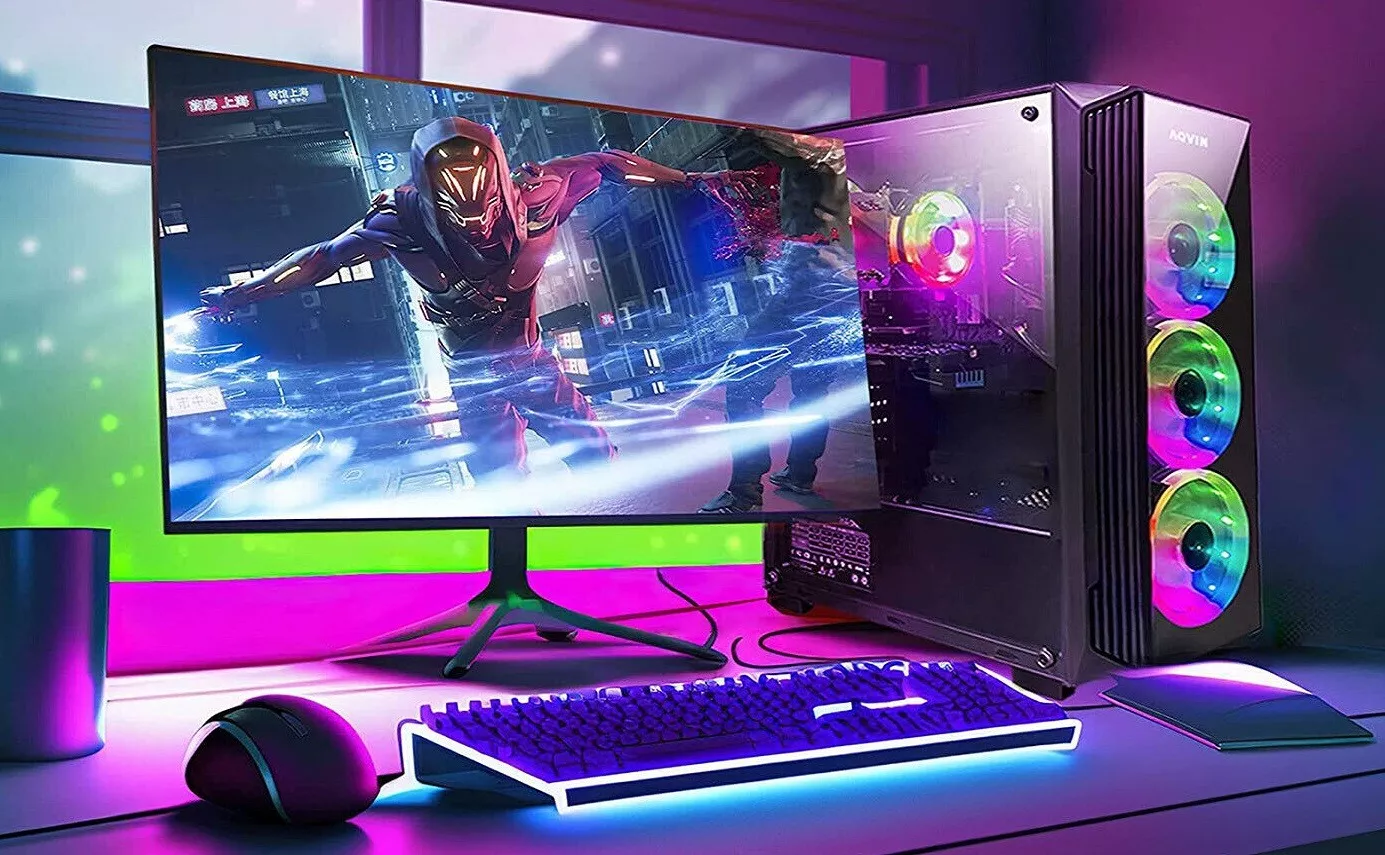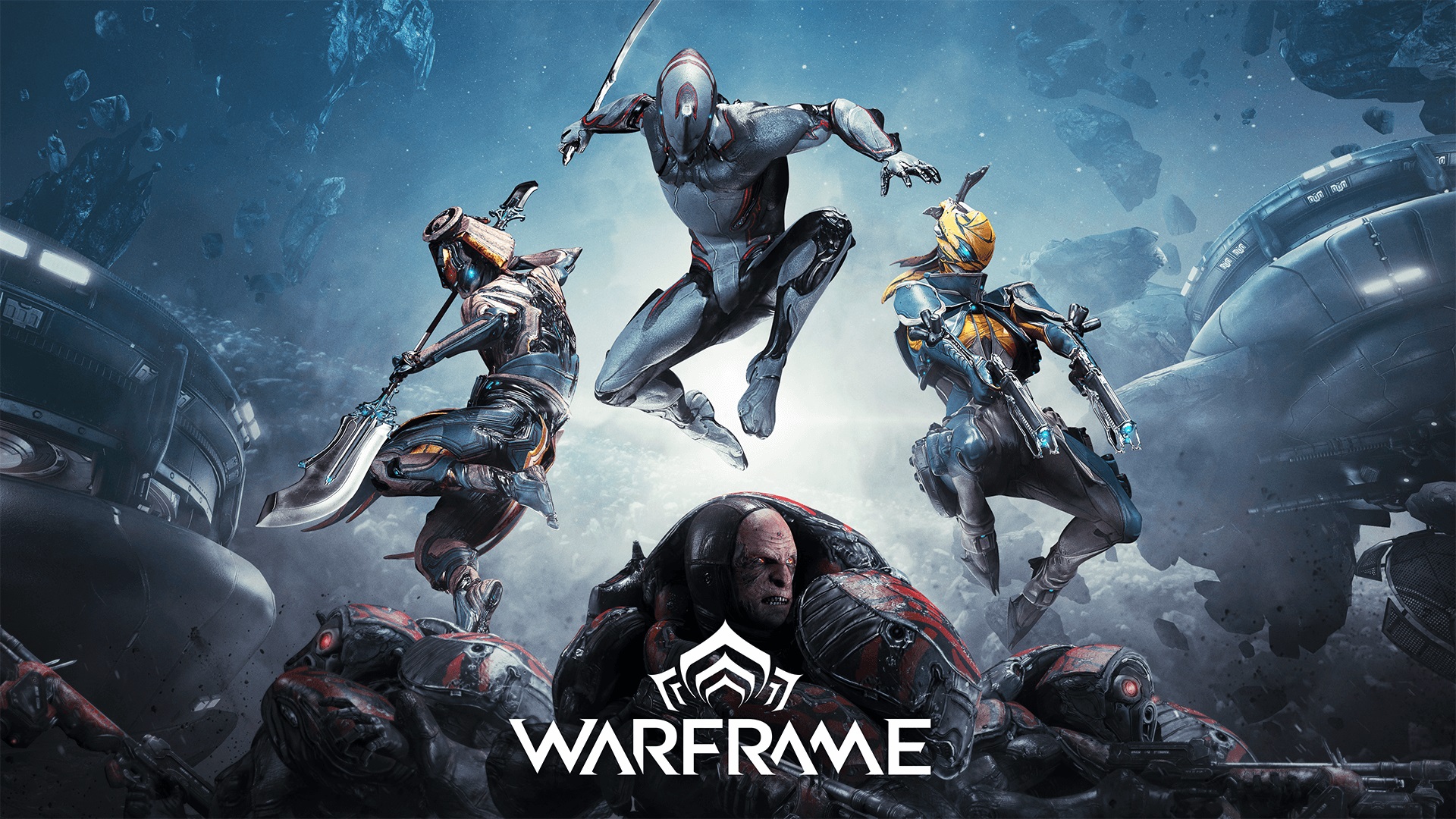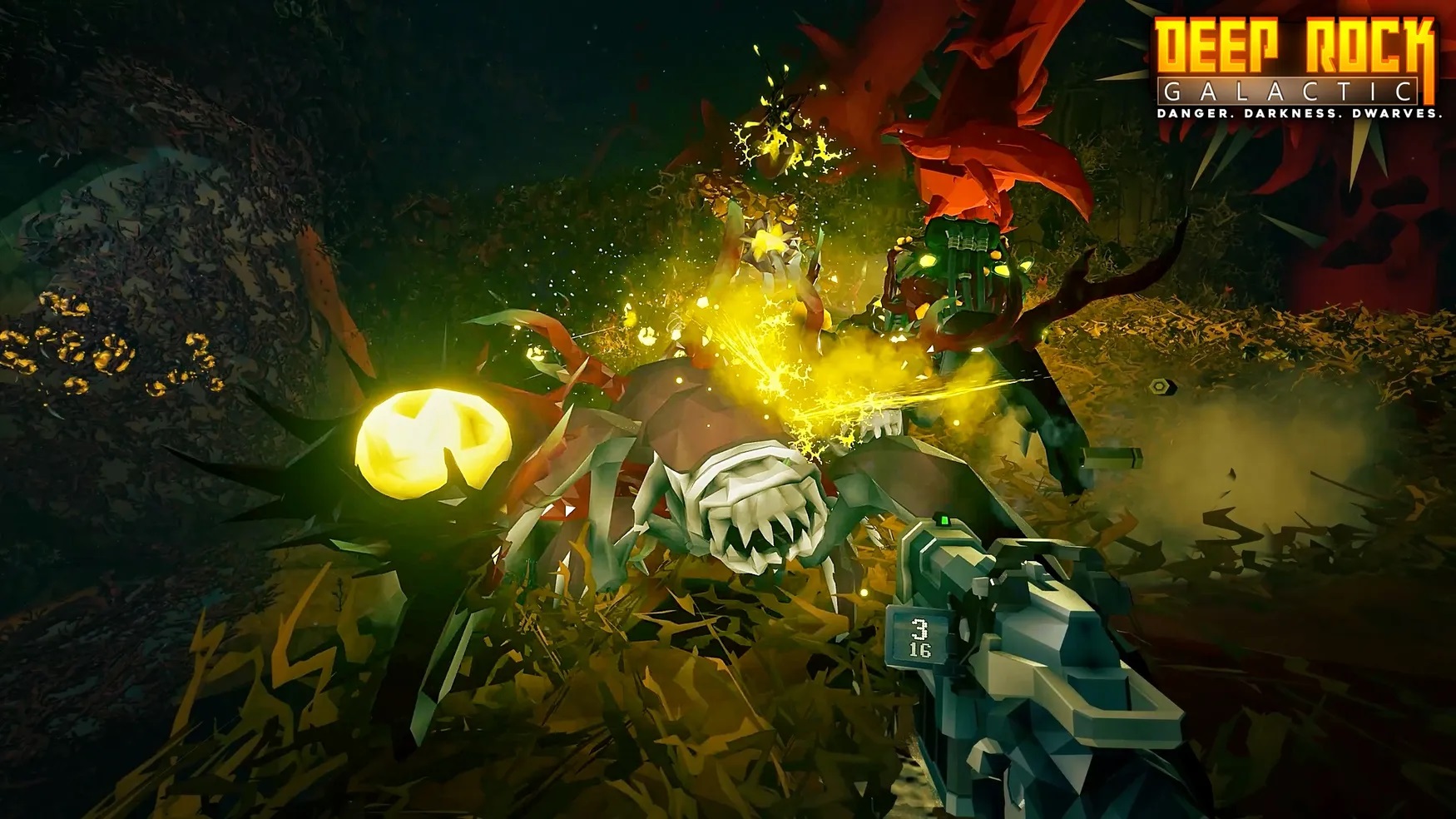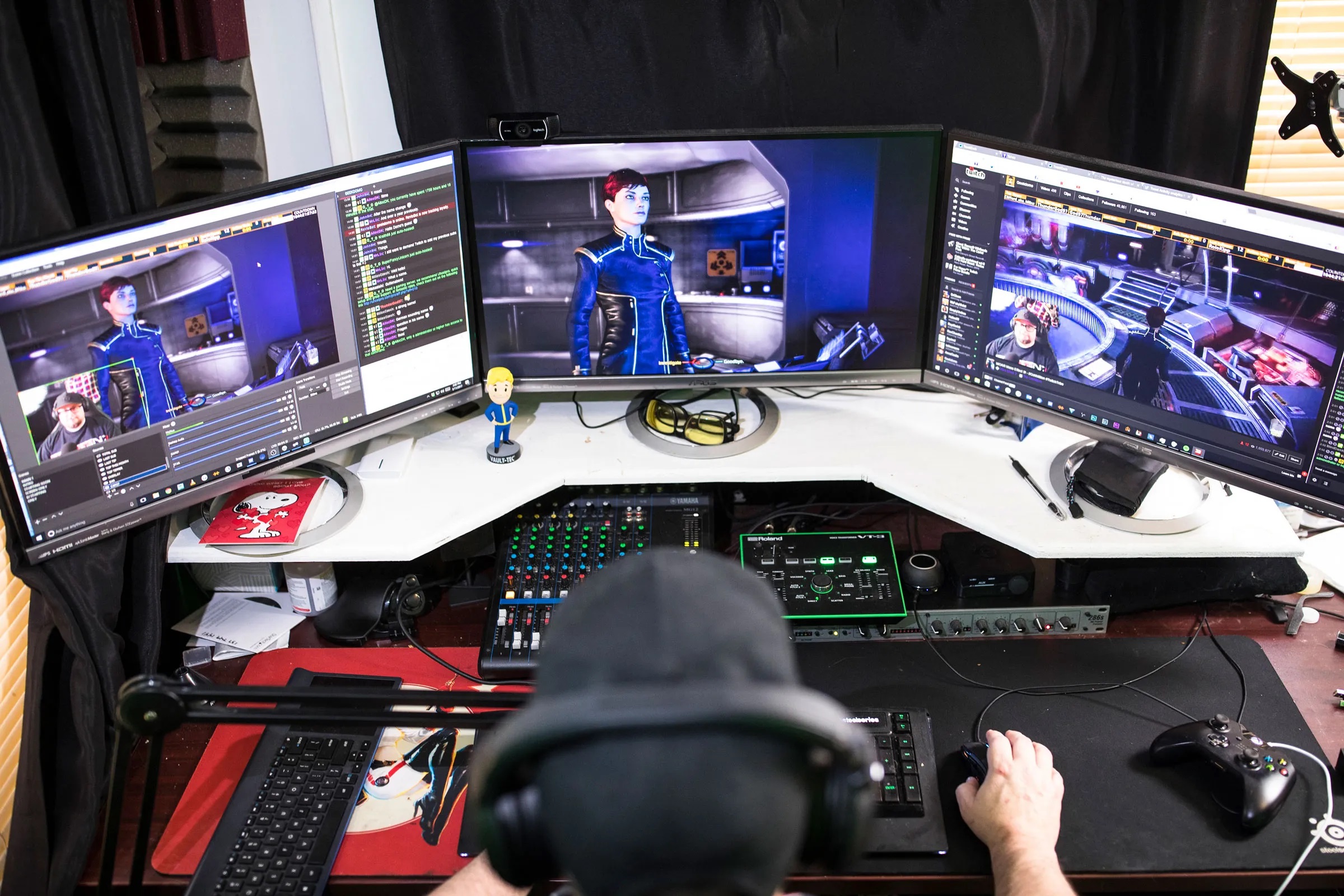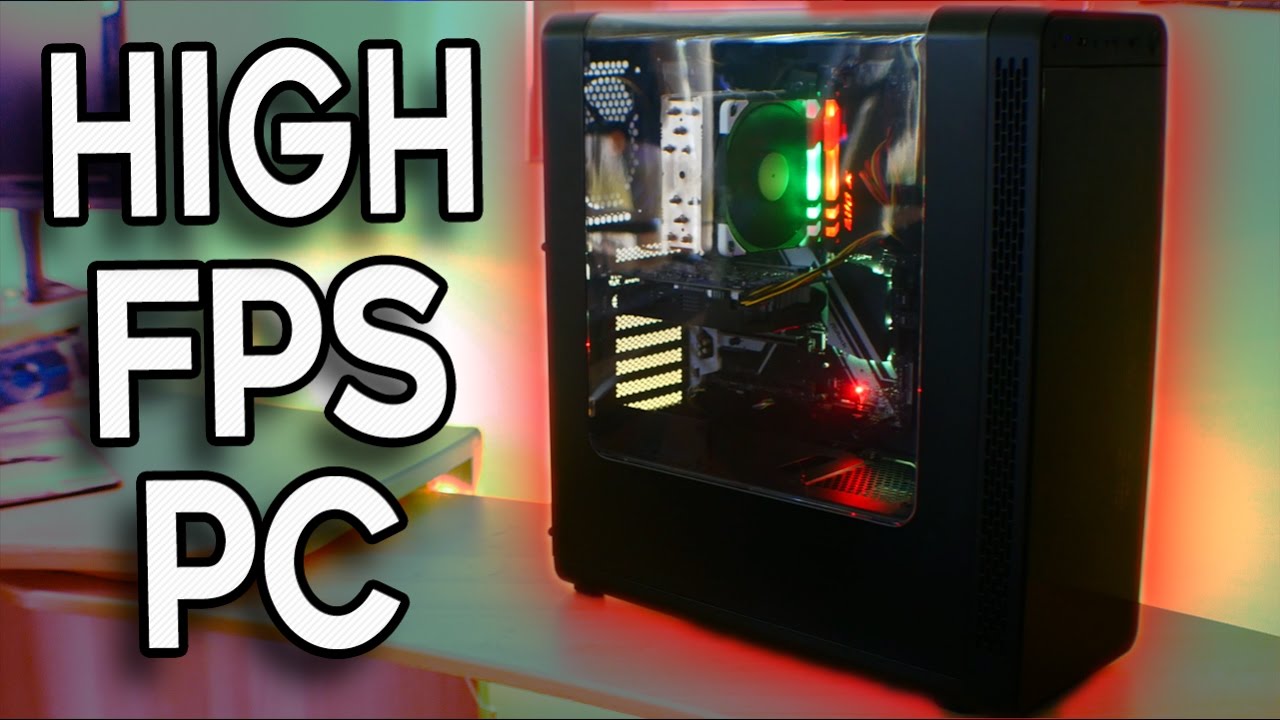Choosing the Right Components
The first step is to choose the right components. This is where you'll need to decide what features are most important to you and what you're willing to compromise on. Here's a breakdown of the essential components and some budget-friendly options:
1. Processor (CPU): The CPU is the brain of your computer. It's responsible for processing all the information that your computer uses. For a budget gaming PC, you'll want to choose a CPU that offers a good balance of performance and price.
- Recommended: AMD Ryzen 5 5600G or Intel Core i5-12400F
2. Graphics Card (GPU): The GPU is responsible for rendering the graphics on your screen. It's the most important component for gaming, so you'll want to choose a GPU that can handle the games you want to play.
- Recommended: NVIDIA GeForce GTX 1660 Super or AMD Radeon RX 6600
3. Motherboard: The motherboard is the backbone of your PC. It connects all the other components together. You'll need to choose a motherboard that's compatible with your CPU and RAM.
- Recommended: A motherboard with an AMD B550 or Intel B660 chipset
4. RAM: RAM is the computer's short-term memory. It stores the data that your computer is currently using. You'll want to choose RAM with a high enough frequency to ensure smooth performance.
- Recommended: 16GB of DDR4 RAM
5. Storage: Storage is where your operating system, games, and other files are stored. You'll need to choose a storage drive with enough space for your needs.
- Recommended: 1TB NVMe SSD for your operating system and games, and a 1TB HDD for storage.
6. Power Supply: The power supply provides power to all the components in your PC. It's important to choose a power supply that's powerful enough to handle the components you've chosen.
- Recommended: 550W or 650W power supply with 80+ Bronze certification
7. Case: The case is the physical enclosure for your PC. It houses all the components and protects them from dust and damage.
- Recommended: Choose a case with good airflow and enough space for your components.
Building Your PC
Once you've chosen your components, it's time to build your PC. This process can be intimidating, but it's actually quite simple. There are plenty of resources available online that can guide you through the process.
1. Prepare Your Workspace: Choose a clean, well-lit area to work on. You'll need a flat surface with enough space to spread out your components.
2. Install the CPU: Install the CPU into the motherboard socket. Make sure to align the CPU properly and gently press it down until it clicks into place.
3. Install the RAM: Install the RAM modules into the RAM slots on the motherboard. Make sure to align the RAM properly and push it down until it clicks into place.
4. Install the Motherboard: Install the motherboard into the case. Make sure to secure the motherboard with screws.
5. Install the GPU: Install the GPU into the PCI-e slot on the motherboard. Make sure to secure the GPU with screws.
6. Install the Storage: Install the storage drives into the appropriate slots on the motherboard.
7. Install the Power Supply: Install the power supply into the case. Make sure to secure the power supply with screws.
8. Connect the Cables: Connect the power cables from the power supply to all the components. Make sure to connect the cables properly.
9. Boot Up: Connect your monitor, keyboard, and mouse to the PC. Turn on the PC and make sure everything is working properly.
Installing the Operating System
Once you've built your PC, you'll need to install an operating system. You can download a copy of Windows from Microsoft's website.
1. Download Windows: Download the Windows ISO file from Microsoft's website.
2. Create a Bootable USB Drive: Use a tool like Rufus or Universal USB Installer to create a bootable USB drive with the Windows ISO file.
3. Boot from the USB Drive: Plug the USB drive into your PC and boot from it.
4. Install Windows: Follow the on-screen instructions to install Windows on your PC.
Optimizing Your PC
Once you've installed Windows, you can optimize your PC for gaming. This includes installing the latest drivers for your components and tweaking your graphics settings.
1. Install Drivers: Download and install the latest drivers for your CPU, GPU, motherboard, and other components.
2. Tweak Graphics Settings: Adjust the graphics settings in your games to find the best balance between performance and visual quality.
3. Overclock Your Components: Overclocking can increase the performance of your components, but it can also increase the risk of damage. Only overclock your components if you're comfortable with the risks.
Conclusion
Building a budget gaming PC is a rewarding experience. It allows you to create a custom-built machine that's tailored to your needs and budget. With a little planning and effort, you can build a powerful gaming PC for under $1000 that can handle modern games.
